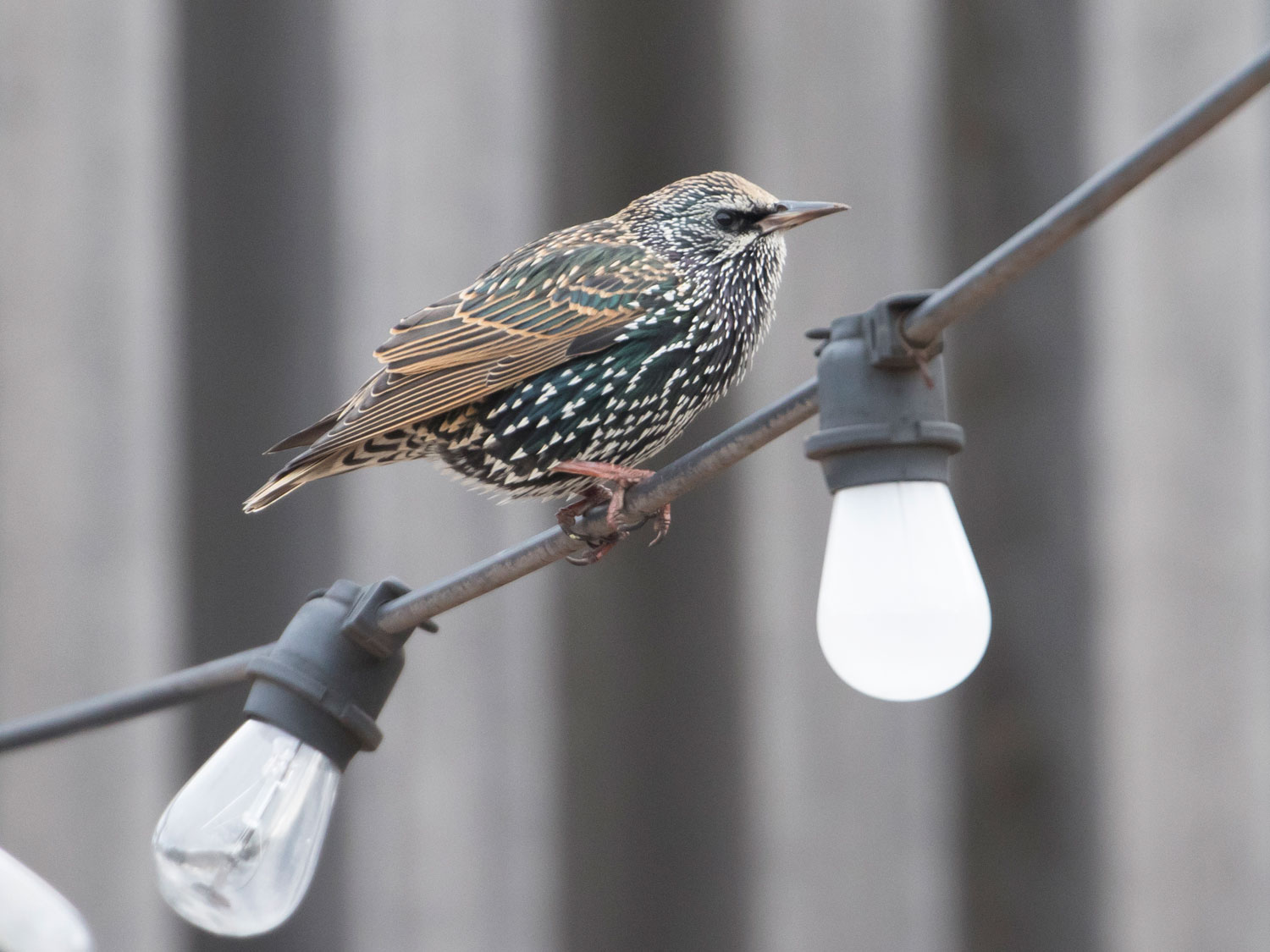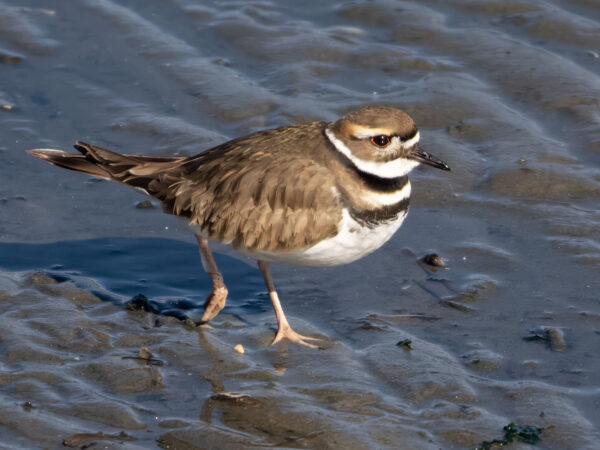
Brooklyn Bird Watch: The startling story of the European Starling, and how it got to NYC in the 1800s
See unique Starling photos and videos

Photos by bird expert Heather Wolf
Although the Northern Mockingbird seems to have the most recognized reputation as a sound mimic among the songbirds, there are other songbirds (not parrots) with more expansive repertoires and several birds that even display more skillful abilities like repeating spoken phrases. The amazing European Starling is one of those birds.

Because of its reputation as a hyper-aggressive and generally disliked bird, and with one of its primary detractors being the United States Department of Agriculture, many people are not aware of the superior aural skills of the beautiful European Starling. In captivity, of course, a European Starling will actually repeat words and phrases you say. Even more fascinating, one European Starling owner said that when she went downstairs in the morning to make coffee her Starling would, apparently anticipating the owner to make coffee, begin mimicking the grated whirring sound the coffee grinder makes when grinding beans. She explained that the bird’s mimicry was not only an exercise in “participation,” like when it repeats a sound, but it would get in involved via “anticipation,” probably triggered by the sound of coffee beans being poured into the grinder and the close proximity of the sounds to each other.
Special Event
Celebrated bird expert Heather Wolf will present a special program and slideshow, including information on unusual birds like the Starling and the Killdeer, on Wednesday, Aug. 30, at the Estuary Bistro overlooking the Marina at Brooklyn Bridge Park. To attend the event, click here.

Not long ago, Brooklyn Bird Watch wrote about how the House Sparrow was introduced back in the 1850s to North America by way of Brooklyn as a method to control a tree-destroying caterpillar population, but the European Starlings’ introduction to North America, which took place across the river in Central Park and the Museum of Natural History, was more like, one might say, a literary event.
Eugene Schieffelin of the American Acclimatization Society in the late 1800s wanted to bring all the birds mentioned in Shakespeare’s plays to North America. He released 100 Starlings into Central Park and their first sexual encounters (breeding) took place in the eaves of the American Museum of Natural History. Today, and a testament to its survival skills, the European Starling is one of North America’s most common songbirds, with an estimated population of 200 million ranging between Canada and Mexico.

And the European Starling is a common sight in Brooklyn. So far this year there have been 5,318 European Starling sightings in Brooklyn Bridge Park and 27,470 in Prospect Park.
People are discovering that you don’t have to be an ornithologist with a bunch of degrees, a professional bird photographer, or even what’s known as a professional birder to appreciate the aural and visual experience of encountering birds while outside.
Paying attention to your surroundings and observing the birds that are there is one way to do that, and if you are going to do any casual birding, you might appreciate some tips on how to spot more birds.
To learn more about the fascinating world of Brooklyn Birds and how to visually locate more birds while spending time outside, be sure to get your tickets now.

Leave a Comment
Leave a Comment



